 WiBotic makes wireless charging military and industrial drones and robots in punishing environments on Earth. Soon, as a participant in a $5.8 million contract with space robotics company Astrobotic, Bosch, and the University of Washington, the Seattle-based company will be creating wireless charging solutions for robots on the even more punishing environment of the Moon.
WiBotic makes wireless charging military and industrial drones and robots in punishing environments on Earth. Soon, as a participant in a $5.8 million contract with space robotics company Astrobotic, Bosch, and the University of Washington, the Seattle-based company will be creating wireless charging solutions for robots on the even more punishing environment of the Moon.
The wireless inductive technology will work according to the same physical principles as charging pads for phones, only on a bigger scale. It will eliminate the need for charging cables, a weak link for lunar vehicles on the harsh lunar surface, reports ZDNet.
“By removing dependencies to solar charging, a new wide range of opportunities for smaller and lighter systems becomes available for missions that were not within reach before — such as survival of lunar night missions,” says Cedric Corpa de la Fuente, electrical engineer for Planetary Mobility at Astrobotic.
Long term, WiBotic wants to become a player in creating electrical grids on the Moon.
“Our longer term vision is to pioneer a lunar wireless power grid to supply energy for a wide range of both manned and unmanned vehicles, irrespective of their individual battery types, voltages or required power levels,” says WiBotic CEO Ben Waters. “This is only the first step in creating a common infrastructure of wireless charging stations and Fleet Energy management software to be deployed across the surface of the moon.”

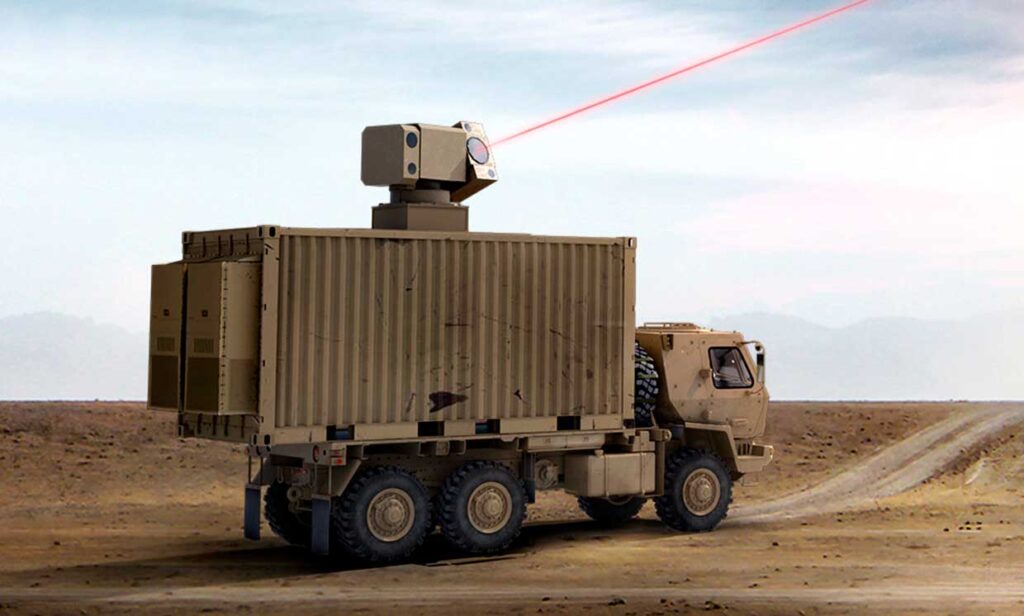
 Earth-bound mining companies sometimes use microbes to extract valuable minerals from rock. About 20% of the world’s copper and gold production is aided by rock-chewing bacteria. Researchers began wondering how well they would fare in the vacuum and low gravity of space.
Earth-bound mining companies sometimes use microbes to extract valuable minerals from rock. About 20% of the world’s copper and gold production is aided by rock-chewing bacteria. Researchers began wondering how well they would fare in the vacuum and low gravity of space.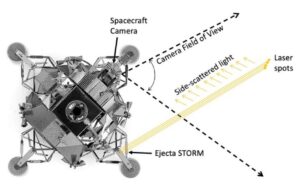
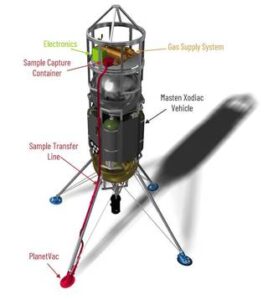 “Having ejecta sensor data from actual lunar missions can help us improve those recommendations and will also help us protect the new spacecraft we’re sending to the Moon and even spacecraft orbiting around it – all of which is important not just to the U.S. but to the international space community as well,” Metzger said in a
“Having ejecta sensor data from actual lunar missions can help us improve those recommendations and will also help us protect the new spacecraft we’re sending to the Moon and even spacecraft orbiting around it – all of which is important not just to the U.S. but to the international space community as well,” Metzger said in a 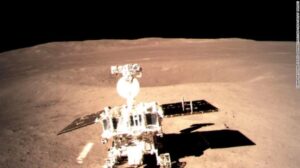
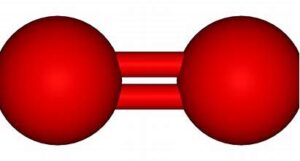

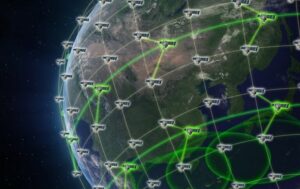
 An important duty assumed by the embryonic U.S. Space Force will be tracking objects in cislunar space (the area between the Earth and Moon). The Air Force Research Laboratory’s Space Vehicles Directorate is now investigating technologies to undertake the task, reports
An important duty assumed by the embryonic U.S. Space Force will be tracking objects in cislunar space (the area between the Earth and Moon). The Air Force Research Laboratory’s Space Vehicles Directorate is now investigating technologies to undertake the task, reports